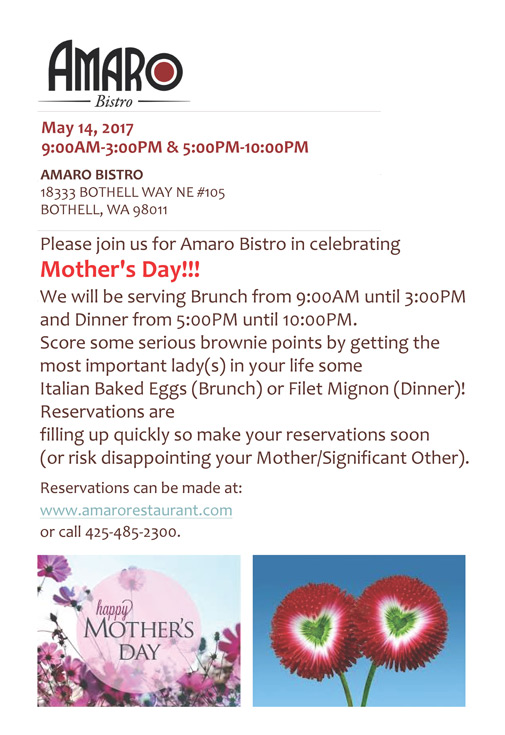Counting Benefits with Pasta
The versatile and affordable pasta has made its way into almost every American kitchen or it may even be safe to say that the average American has eaten some type of pasta at least once in a year. In fact, studies showed that the average American consumes 20 pounds of it annually. Pasta has long proved itself to be filling food, versatile, and easy to make. It mixes well with many ingredients and pairs well with a variant of sauces, protein foods and wines. But is pasta even healthy? Let’s look at this popular dish more closely.
Pasta is carbohydrates, that is well established. Pasta is an all-around good source of carbs. The carb content of whole-grain and regular pastas vary, depending on the type. A cup of white spaghetti contains 43 grams of total carbohydrates, a cup of whole-wheat spaghetti offers 37 grams of the same. Recommended daily intake of carbs for the average person is 130 grams. A minimum intake of 250 grams per day is recommended as the body needs energy to function. Regular and whole-grain pasta are both sources of complex carbs, the type that digest slowly, which keeps energy levels on an even keel.
Dietary fiber is a beneficial type of carbohydrate. It promotes digestive health and fights chronic diseases, like obesity and diabetes. Fiber does not get broken down by the body and so does not add to the sugar levels, passing out undigested. It actually subtracts from the total carbs ingested. And whole wheat pasta is a good source of it.
Important minerals are also in pasta. The dish is an excellent source of selenium which activates antioxidant enzymes that protect cells from molecular damage. Manganese is another mineral that helps metabolize carbohydrates and regulate blood sugar. Whole-wheat pasta packs 1.9 milligrams of manganese, more than 100% of the daily intake for women and 83 percent for men.
White pasta is a source of folate or vitamin B-9. Folate plays a role in red blood cell development and rapid cell growth. Whole-wheat pasta, on the other hand, is a source of the carotenoids lutein and zeaxanthin, minerals that support healthy vision. A diet rich in carotenoids also reduces the risk of lung cancer.
What makes pasta more healthy? It is low in fat, low in sodium, great for dieting, and can be be available as gluten-free. You can’t really go wrong with pasta.
Passion for Pasta in Bothell
If you’re in Bothell and craving pasta, know that we always serve a variety of this Italian classic from brunch to dinner. At Amaro Bistro, dining on our pasta is experiencing authentic Tuscan fare.







